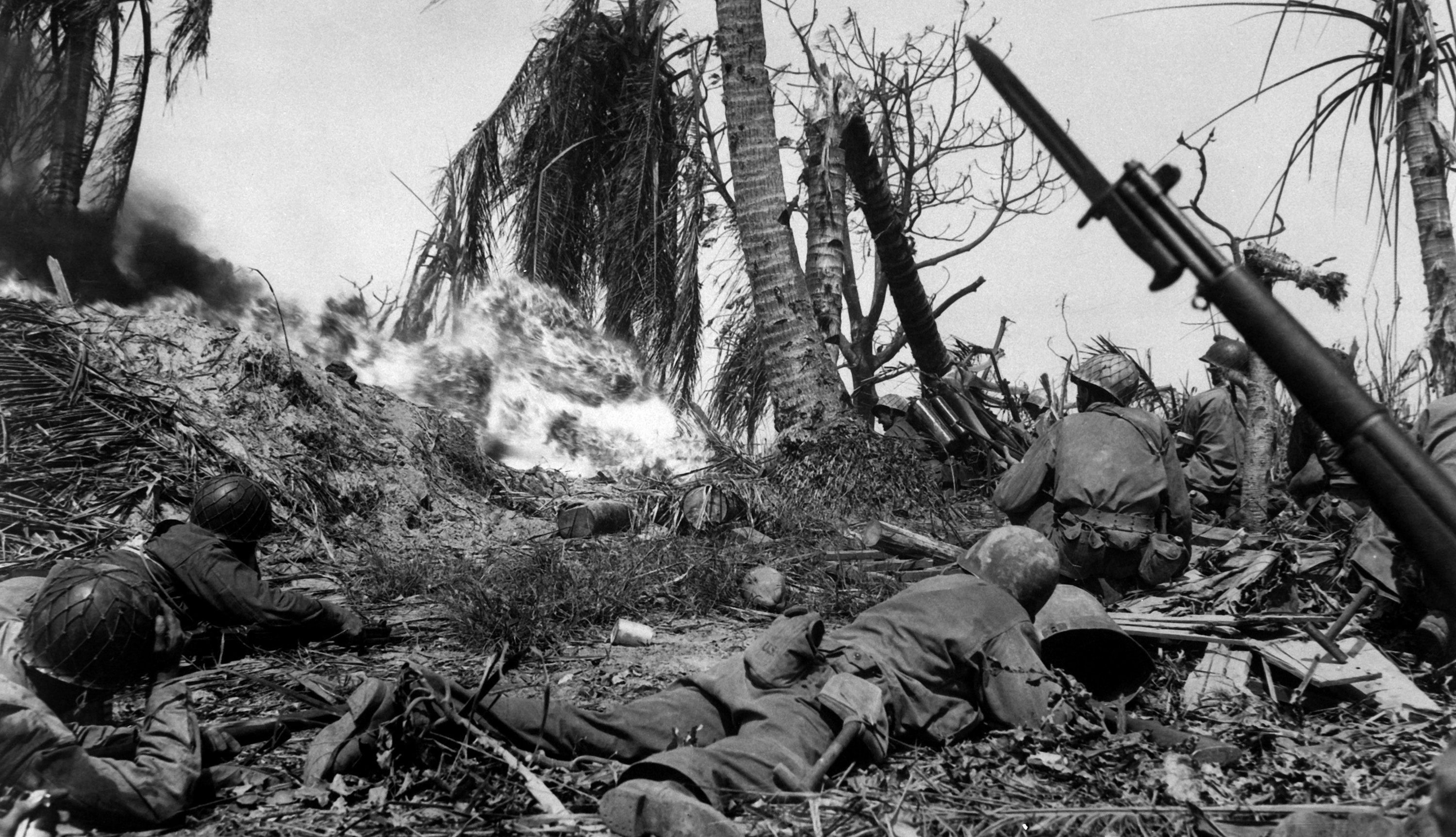February 4 in U.S. military history
1779: Continental Navy Capt. John Paul Jones takes command of the former French frigate Duc de Duras, renaming her Bonhomme Richard (after Benjamin Franklin’s pen name). It will be aboard the Richard — badly damaged and sinking during the famous battle in the North Sea with the Royal Navy frigate HMS Serapis on 23 September — that Jones refuses a surrender demand, allegedly replying, “I have not yet begun to fight!” It has also been widely reported that when the Serapis’ Captain Richard Pearson inquired as to whether or not Jones had lowered or struck his colors, Jones shouted back, “I may sink, but I’ll be damned if I strike!”
Incidentally, Bonhomme Richard (the first of five so-named American warships) does sink. But not before Pearson himself surrenders (believed to be “the first time in naval history that colors are surrendered to a sinking ship”), and Jones transfers his flag to his newly captured prize, Serapis.
Jones is destined to become “the Father of the American Navy,” though some argue that the title belongs to Commodore John Barry.
1787: Shays’ Rebellion — a short-lived Massachusetts uprising led by former Continental Army Capt. Daniel Shays, spawned by crippling taxes and an economic depression in the wake of the American Revolution — is quashed by Massachusetts militia.
1942: After unloading ammunition for U.S. and Filipino forces for the Battle of Bataan, the submarine USS Trout (SS-202) requests ballast to replace the tonnage she dropped off. Supplies like concrete and sandbags are unavailable, and sailors instead load the sub with 38 tons of gold bullion and silver coins that had been emptied from Filipino banks. Trout fights her way out of the Philippines, sinking a Japanese freighter and patrol boat before they sail for Pearl Harbor.
1944: (Featured image) After three days of combat, Marines and soldiers of Maj. Gen. Holland M. “Howlin’ Mad” Smith’s V Amphibious Corps have secured Kwajalein Atoll. Only 300 of the 8,000 Japanese defenders are captured.
1945: The Big Three — U.S. Pres. Franklin D. Roosevelt, British Prime Minister Winston Churchill, and Soviet Premier Joseph Stalin — meet at the Crimea Conference (best known as the Yalta Conference) to discuss among other points what was to become of soon-to-be conquered Germany and the nations the Nazis had previously defeated.

Today’s post is in honor of Sgt. Daniel Torres, who was killed by an improvised explosive device on this day in 2005 in Bayji, Iraq. The 23-year-old native of Fort Worth, Texas was assigned to 2d Battalion, 7th Infantry Regiment, 3rd Infantry Division.
